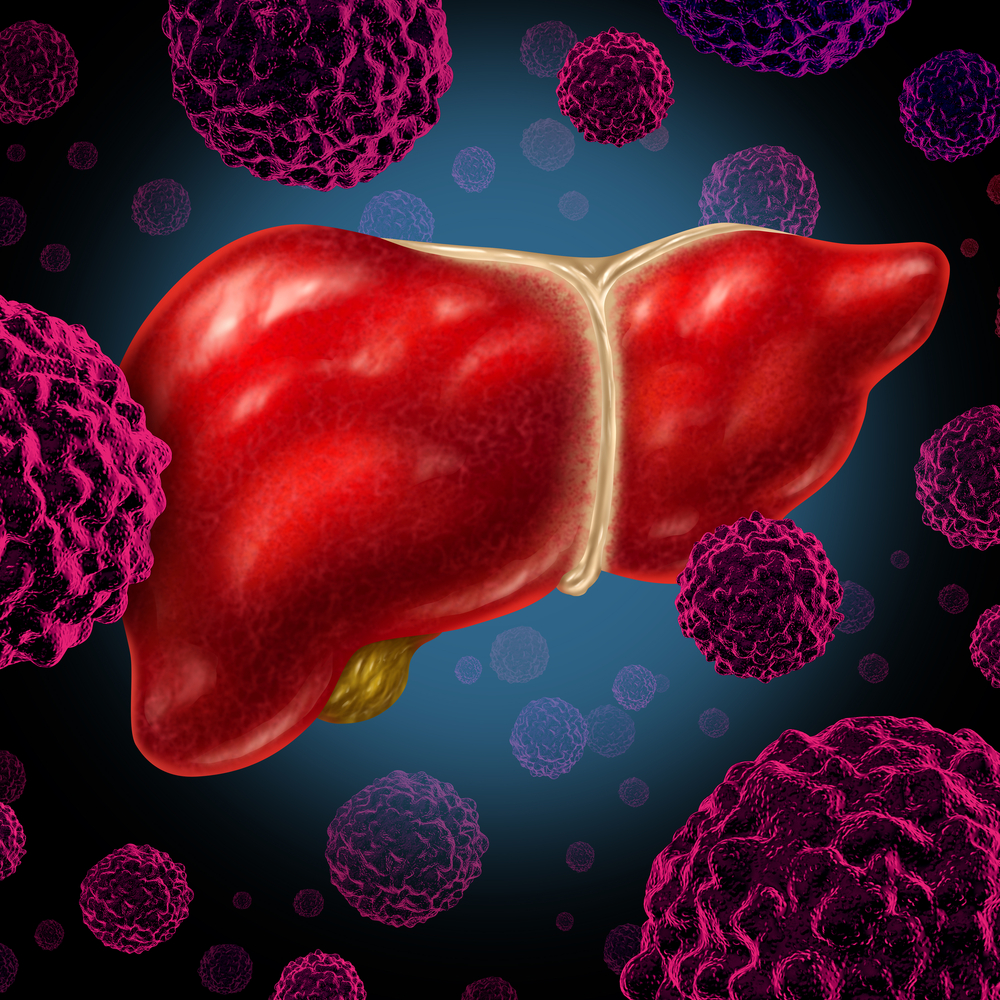Portopulmonary Hypertension Seen as Important Prognosis Parameter in Liver Transplant Candidates

Researchers at the Baskent University Faculty of Medicine in Turkey recently provided an overview of the existing literature regarding portopulmonary hypertension (PoPHT) in patients with advanced liver disease and liver transplant candidates. In these patients, pulmonary hypertension is also defined as PoPHT when pulmonary arterial hypertension (PAH) is associated with portal hypertension.
The review paper, “Portopulmonary hypertension in liver transplant candidates,” was published in the World Journal of Gastroenterology.
Patients with advanced liver disease present a series of pulmonary abnormalities and pulmonary vascular disorders — including portopulmonary hypertension (PoPHT) — that are among the more prevalent complications of liver disease. The diagnosis of PoPHT, recently classified as one of the associated forms of PAH, is based on elevated pulmonary arterial pressure (PAP) (> 25 mmHg), pulmonary capillary wedge pressure (PCWP) (< 15 mmHg) and pulmonary vascular resistance (PVR) (> 240 dynes/s per cm-5), as measured by right heart catheterization (RHC) and by the presence of portal hypertension, with or without liver disease.
Symptoms are similar to those observed in other forms of PAH, such as dyspnea, weakness, fatigue and chest pain, and are often attributed to underlying liver disease or other associated conditions, which can lead to an underdiagnosis of PoPHT. Assessment and stratification of PoPHT severity are defined through RHC and transthoracic Doppler echocardiography (TTDE), a high sensitivity, reliable and reproducible tool to measure systolic PAP. RHC, however, is considered the gold standard in diagnosing PoPHT, as it not only confirms its occurrence but also excludes other causes of PAH in liver transplant candidates. The measurement of different hemodynamic variables is still very important, as patients with elevated mean PAP but normal PVR benefit from liver transplantation and should consider proceeding with this course of treatment.
Cirrhotic patients have very poor prognosis without liver transplant or proper medical therapy. Existing data regarding the use of PAH-specific drug therapies is limited for patients with PoPHT, as most studies exclude these patients. Innovation of surgical procedures, overall improvement in peri-operative care, and developments in immune suppressant drugs have made liver transplantation the best available and preferred therapy for patients with end-stage liver failure.
Researchers concluded the review by stating, “Given the prognostic significance of PoPHT and the limited donor pool, a comprehensive preoperative cardio-pulmonary assessment is of paramount importance in cirrhotic patients prior to transplant surgery.”







